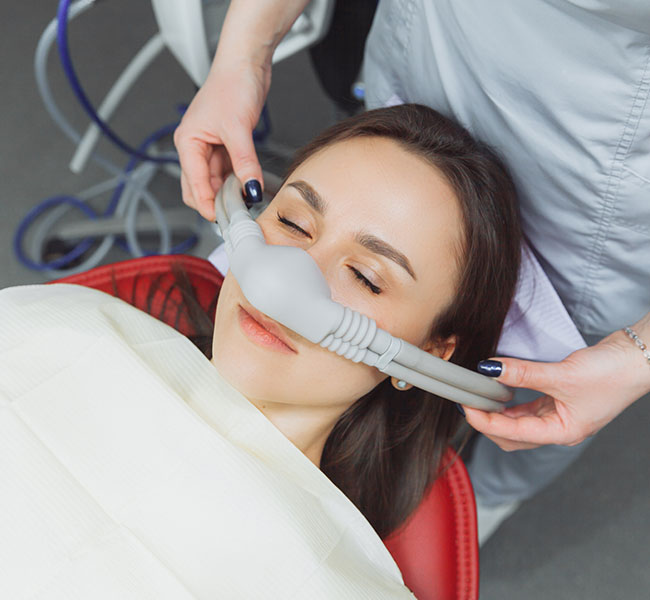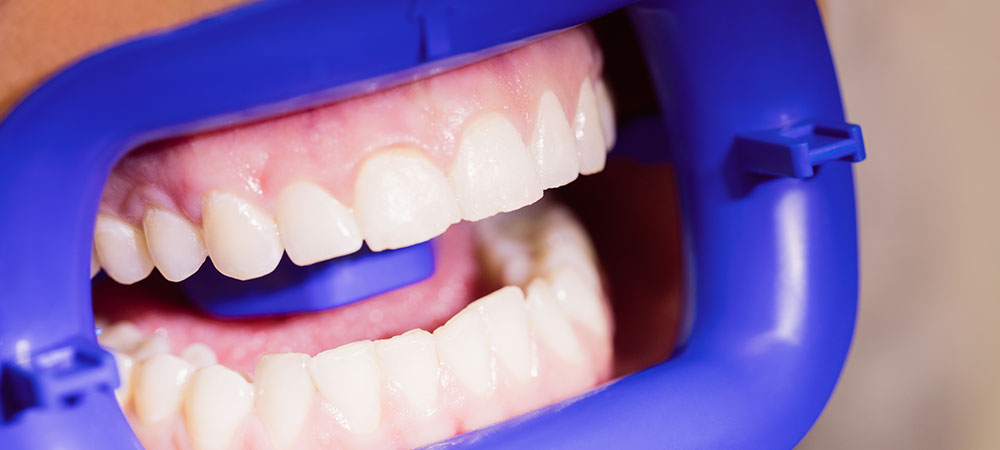Our teeth are some of the most sensitive organs we have. Aside from feeling heat or cold from eating, it also feels pain when impacted or pulled out. As a result, it isn’t unusual for dentists to deal with patients fearful of the sound of a high-speed drill in action.
Not everyone suffers from dental fear and anxiety (DFA), but it’s a thing. A 2020 study reviewed over 30 other studies involving more than 70,000 18-and-above participants and found that DFA affects 15.3% of people globally, with 12.4% and 3.3% suffering from high and severe DFA, respectively. It also suggested that the prevalence is higher among females and youth adults.
It may not look like a majority, but that’s potentially over 15% of people not receiving adequate dental care. This is where dental sedation comes in, administering sedatives to help patients feel at ease when on the chair. Here’s a closer look at dental sedation and how dentists make it work.

What Is Dental Sedation?
Dental sedation goes by many names; sedation dentistry and sleep dentistry, to name a few. But all of them mean the same thing: using sedative drugs to place the patient in a state of relaxation.
Unless it uses general anaesthesia, sedation for dental work doesn’t necessarily put a patient to sleep. Most levels of sedation range from mild to deep, but the patient will remain conscious to some degree. A common side effect of dental sedation is that the patient might not recall the dental procedure in full detail, but other than that, it isn’t dangerous.
How does the dentist sedate you? A dentist offers three kinds of sedation: oral, intravenous (IV), and general anaesthesia.
Oral is the mildest of the three because it administers the sedative through the mouth, usually via a gas mask. The most common sedative, in this case, is nitrous oxide, widely known as laughing gas. But it isn’t like you’ll start laughing for no reason upon inhaling it.
IV sedation delivers the sedative via the bloodstream, allowing it to take effect more quickly. Among the most commonly-used sedatives for this procedure include:
Lastly, as mentioned before, general anaesthesia is the only dental sedation procedure that can put you to sleep. While most dentists are qualified to administer the sedatives above, general anaesthesia requires specialised training. Additionally, it’s typically reserved for patients with special needs to keep them from making erratic movements during the procedure.

How Dental Sedation Works?
Any dental sedation procedure starts with a pre-procedure consultation with your dentist. Expect to be asked about your medical history and any medications you’re currently taking (including supplements). They’ll choose the most suitable sedative based on the information you give them, so be sure to tell them everything they need to know.
Dentists will pay closer attention to patients taking warfarin, a drug that prevents the formation of blood clots caused by conditions like deep vein thrombosis. The clots can trigger excessive bleeding when the dentist administers the sedative through the vein. In such a scenario, a dentist may defer your appointment for several days to allow warfarin’s effects to wear off.
On the day of the procedure, the dentist applies the prescribed sedative before starting. Over the course of the procedure, they should be monitoring your vital signs to be able to react quickly if unwanted effects occur. They may also administer local anaesthesia directly onto the gums of the affected teeth but usually as soon as the sedative has taken effect.
Recovery from sedation can take 15 minutes to a full day, so it’s a good idea to have a friend or family member ready to bring you to and from the dental clinic. Unless you’ve only received laughing gas, dentists recommend not doing anything strenuous for a day after the procedure. Keep in touch with the dentist if you feel anything adverse, like fever or nausea.
Conclusion
There’s no shame in admitting that you’re afraid of the dentist, but it isn’t a good reason to avoid them when you have an aching tooth or jaw. Our dental sedation practice ensures that your trip to the dentist will be as pleasant and, more importantly, less painful as possible.
